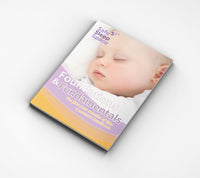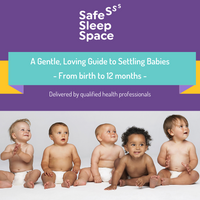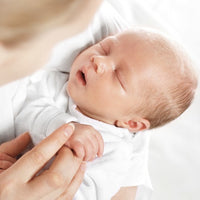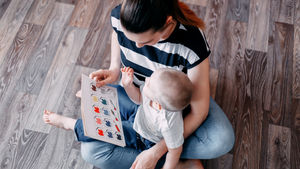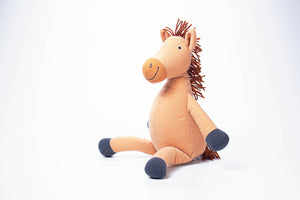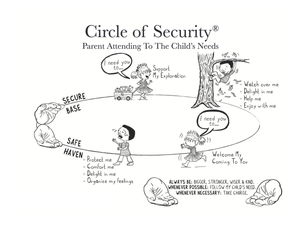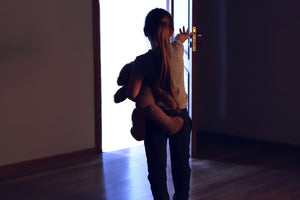Sleep Tip 2 - Safe Sleep & Settling

For most parents we know that safe sleeping is always an area that is top of mind. It is so important to understand and follow safe sleeping guidelines.
SIDS and SUDI explained:-
- You may be familiar with the term SIDS but less familiar with the term SUDI - Sudden and Unexpected Death in Infancy.
- SUDI does not specify an actual cause of death but is, instead, a broad term used to describe the sudden and unexpected death of an infant, and for which no cause is immediately obvious. SUDI includes both explained and unexplained sudden infant deaths.
- Explained deaths may include sleep accidents such as asphyxiation by bedclothes, pillows or bumpers or overlaying whilst co sleeping, entrapment or strangulation due to the use of unsafe products, infection, metabolic disorders, genetic disorders or non-accidental injury such as homicide. SIDS is an Unexplained subset of SUDI.
- In simple terms, SIDS is a sudden and unexpected death that can occur up to one year of age. SIDS is associated with a sleep period and rarely occurs during the first month of life or over eight months of age. SIDS most commonly occurs between two to four months of age.
What is ‘The Triple Risk Theory’?
- The Triple Risk Theory suggests there are three (3) interacting factors. When all three are present, SIDS is more likely to occur.

- The first component of the Triple Risk Theory suggests that an infant may have an underlying, vulnerable weakness or abnormality, which only affects them in early life and becomes apparent when they are exposed to external stressors.
- At this stage, it is still unknown exactly what this underlying weakness or abnormality is or if there are multiple factors. Research continues in this area however some theories include a dysfunction in the brainstem, a genetic factor or a problem with the baby’s arousal mechanism.
- The second component of this theory, refers to the critical development period of an infant less than one year of age, particularly when under six months of age.
- The third and most significant component of this model, involves the exposure of the infant to an external stressor that may include known risk factors, such as tobacco smoke, tummy or side sleeping, tilting of baby’s head that causes chin-to-chest positioning, overheating, head covering or an upper respiratory infection or illness.
- According to the Triple Risk model, SIDS does not depend on a single factor but is believed to more likely occur if there is an interaction of all three components. Therefore, if we can remove one of the three interacting components, fatality is less likely to occur.
Obviously, there are some factors that we cannot change, such as the age of the infant or whether or not an infant may have an underlying weakness or vulnerability. However, many external stressors or risk factors can be modified.

As parents and carers, we need to be aware of the major modifiable risk factors that place babies in a higher risk of a sudden and unexpected death.
In Australia, Red Nose makes six (6) key recommendations to sleep baby safely and reduce the risk of sudden unexpected death in infancy (SUDI). These recommendations are:
- Sleep baby on the back from birth, not on the tummy or side
- Sleep baby with head and face uncovered
- Keep baby smoke free before birth and after
- Provide a safe sleeping environment night and day
- Sleep baby in their own safe sleeping place in the same room as an adult caregiver for the first six to 12 months
- Breastfeed
For more help on Safe Sleeping visit Red Nose [here]
or stay informed on our Facebook page
This article was written by Cindy Davenport, Clinical Director, MCHN, RN, Safe Sleep Space
